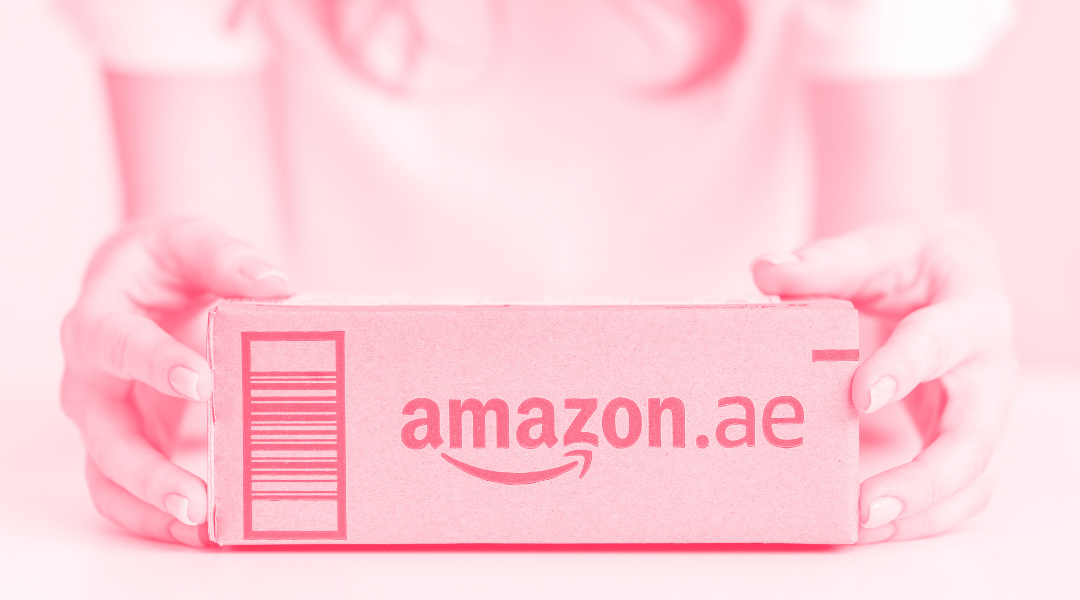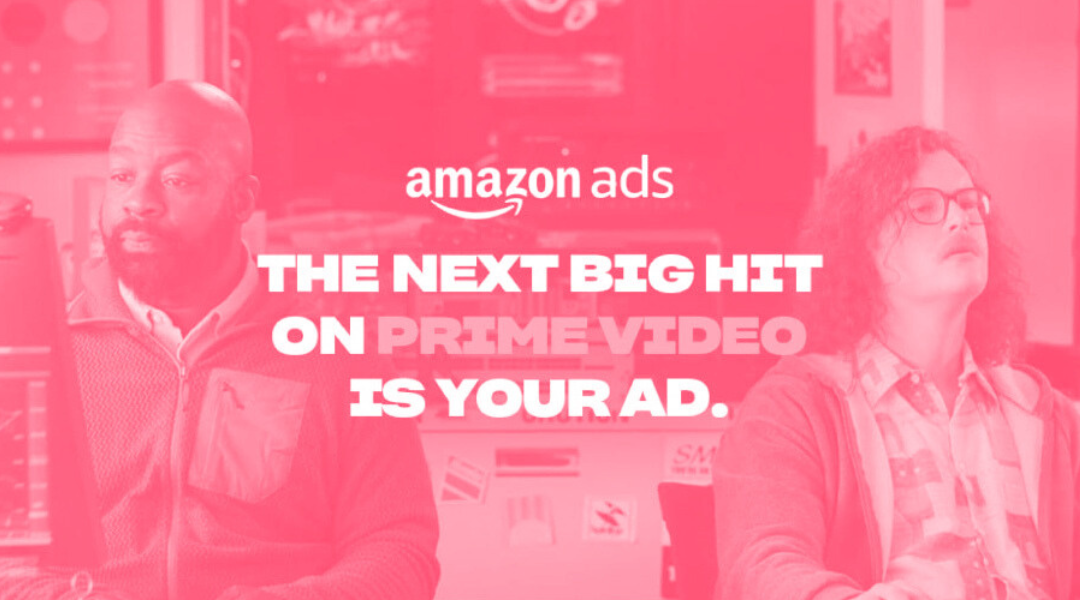1 min read
New Amazon Ads formats: what's coming next
In recent months, Amazon has hit the accelerator with a new generation of ad formats that go far beyond the typical Sponsored Products or Sponsored...
Plan, activate and control media to hit targets with precision.
Turn data into smart decisions with advanced analytics and modeling.
Efficiency, governance and scale for agencies and teams.
![[Ebook] SEO + AI: eBook to Master AI Overviews and GEO](https://www.adsmurai.com/hubfs/MKT%20-%202025/WEB/Resources%20-%20Banners/HeaderEN_Ebook_SEO+AI.png)
[Ebook] SEO + AI: eBook to Master AI Overviews and GEO
Learn how to structure and distribute your content so generative models can understand it, trust it, and reuse it in their answers. A practical guide to compete and appear in AI Overviews and AI-powered assistants.
Discover more
Amazon is no longer just a marketplace or a place to place orders with one click. By 2025, the company has established itself as one of the three major players in digital advertising , alongside Google and Meta. And it has done so with a unique proposition: advertising right at the moment of purchase .
The evolution is clear: Amazon has gone from being a retail media giant to expanding into areas such as video (Prime Video, Twitch), connected TV (agreement with Roku) , and even the Alexa+ voice assistant , which already integrates ads into its AI interactions. Furthermore, with the launch of Retail Ad Service , its advertising technology is beginning to be used on third-party websites such as iHerb and Tilly's. In short: Amazon Ads no longer resides solely on Amazon; it is becoming a global advertising ecosystem .
But before we dive into the new features, let's review the basics.
TABLE OF CONTENTS
Amazon Ads is Amazon's advertising platform that allows brands and sellers to promote their products both on and off the marketplace . Its great advantage is that it combines three worlds into one:
While Google focuses on search and Meta on social interests, Amazon Ads directly connects advertising impact with final conversion .

Amazon is no longer just the place where you buy a book or a smart speaker. Today, it's a true digital advertising giant that competes directly with Google and Meta. The difference is that, while they focus on intent and discovery, Amazon Ads connects the ad with the actual purchase . And that makes this platform a key tool for any brand looking to grow.
One of Amazon Ads' strengths is the variety of formats it offers. We're not talking about generic ads that chase users without context, but rather options designed to appear at just the right moment: when someone is searching, comparing, or about to buy.
Each ad type has its own purpose: some give you immediate visibility , others serve to reinforce your brand , and some go a step further to impact users both on and off Amazon . Understanding how each format works is key to designing campaigns that not only spend budget, but also convert it into real sales.
These are the most popular ads because they appear right where it matters: in search results and on product pages. They operate on a CPC (pay-per-click) model and are ideal for highlighting new products or competing in competitive categories .
A real-life example is Germaine de Capuccini , a Spanish cosmetics brand. In their Amazon strategy, they used Sponsored Products to position their creams against international skincare giants. The result: greater visibility in key searches and a sustained increase in sales from the first few weeks.

If you want to tell your story and stand out, this format is the perfect match. It includes a logo, a personalized message, and several products in a carousel that appears at the top of the search bar.
This is where many brands find their strength: Germaine de Capuccini , in addition to individual products, used Sponsored Brands to showcase complete facial care routines and direct users directly to its Brand Store . The experience was much more immersive than a single click and reinforced its positioning as a premium brand.
This format allows you to make an impact both on and off Amazon, with ads on partner websites and apps. It's especially powerful for retargeting : recapturing that user who looked at your product but didn't buy.
Think of a headphone manufacturer that ensures that, after visiting Amazon, the same user sees its ad while browsing media like Twitch or news sites. This repeated impact helps close the sale and keep the brand top of mind.
The Brand Store is like your flagship store within Amazon: a free and customizable space where you showcase your collections and your storytelling. The connection with Amazon Ads is direct: Sponsored Brands ads often drive traffic to this store, turning a click into a complete experience.
Again, in the case of Germaine de Capuccini , its Brand Store was key to consolidating its presence in the category. By directing campaigns to its space, they managed not only to sell a product, but also to convey their brand philosophy, something difficult to achieve in a simple results list.
Getting started with Amazon Ads doesn't have to be complicated, but it does require a method. Here's a clear guide to help you get started without getting lost:
Before spending a single euro, you need to know what you want to achieve. Are you looking for immediate sales of a new product? Do you want to position your brand against the competition? Or do you prefer to re-engage users who have already shown interest?
Think of Amazon Ads like a gym: you can train strength, endurance, or cardio, but not all at once. Prioritize.
With the objective defined, it is time to choose the correct format:
A common mistake is trying to test them all at once. Instead, start with a well-designed campaign type, measure, and then scale to the rest.
Keywords are the heart of Amazon Ads. It's not just about showing up, it's about showing up for the right search .
Tip: Combine both types. This way, you'll expand your reach without sacrificing quality in conversions. Tools like Helium10 or Jungle Scout can help you find opportunities that others overlook.
Amazon Ads works on a cost-based bidding model (CPC). It's tempting to go all-in from the start, but it's best to start with a controlled budget , analyze metrics, and then scale what works.
A good ad isn't created and forgotten; it's constantly optimized .
With these four steps, your brand will not only get off to a good start with Amazon Ads, but will also ensure it's investing wisely and growing with data .

Amazon isn't content with simply leading the retail media market . By 2025, it has made it clear it wants to compete across the entire digital advertising ecosystem , from streaming to voice assistants. These are the most notable developments:
Alexa no longer just answers questions or plays music. With Alexa+ , the new version with multimodal AI, Amazon has begun integrating ads directly into voice interactions.
Starting in June 2025, Prime Video's standard plan includes advertising. This means any brand can appear alongside movies, series, or sports broadcasts in one of the most-watched catalogs on the planet.
The agreement between Amazon Ads and Roku has been a real coup. Thanks to this alliance, Amazon's DSP now reaches more than 80 million connected TV homes in the US.
One of the biggest challenges in digital marketing has always been attribution. Which ad, of all those a user has seen, drove a purchase?
Amazon doesn't want to be limited to its own marketplace . With the launch of Retail Ad Service , it's opening up its advertising technology to third parties. Retailers like iHerb and Tilly's are already testing this beta.
Beyond the new developments, there are clear trends that will define the coming years:
What began as an ad model in its marketplace is evolving into a complete ecosystem: retail, video, display, CTV, and voice. The goal is clear: to have your advertising investment go through Amazon, even if the purchase doesn't happen on Amazon .
Prime Video, Twitch, and Roku are just the beginning. Amazon is positioning itself as a key player in the digital video battle . The future of Amazon Ads lies in becoming the alternative to traditional TV, but with the power of digital targeting.
From MTA attribution to personalized recommendations on Alexa, AI is at the heart of the evolution of Amazon Ads.
Even if Amazon expands beyond the marketplace, the Brand Store will remain the hub where a brand can convey its identity and unify its catalog. With more traffic coming from ads on Prime Video, Alexa, or Display, the Brand Store becomes a strategic space to consolidate the brand experience.
In short: Amazon Ads is moving away from being "just another channel" to becoming an omnichannel advertising ecosystem , combining retail media, video, voice, CTV, and artificial intelligence. For brands, this represents a huge opportunity… as long as they adapt quickly and know how to play by Amazon's rules.
Ready to boost your business with Amazon Ads? Discover how to integrate this platform into your retail media strategy and maximize every euro you invest.

1 min read
In recent months, Amazon has hit the accelerator with a new generation of ad formats that go far beyond the typical Sponsored Products or Sponsored...

First, there was the e-commerce boom. Then, the obsession with first-party data. And now, the third wave has arrived: Retail Media is consolidating...

In a world where digital advertising is rapidly evolving, retail media is emerging as a powerful and adaptive strategy. This approach, which enables...